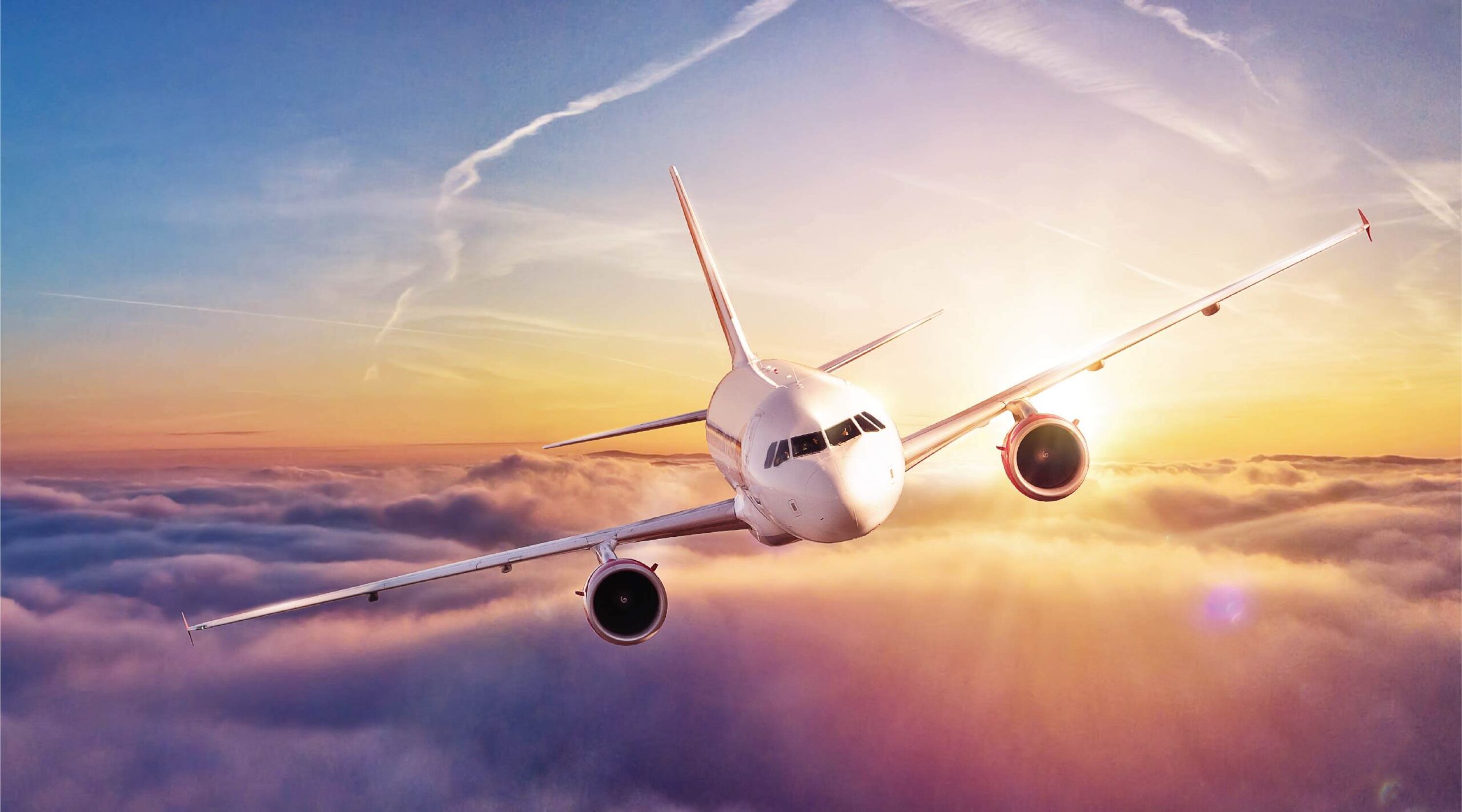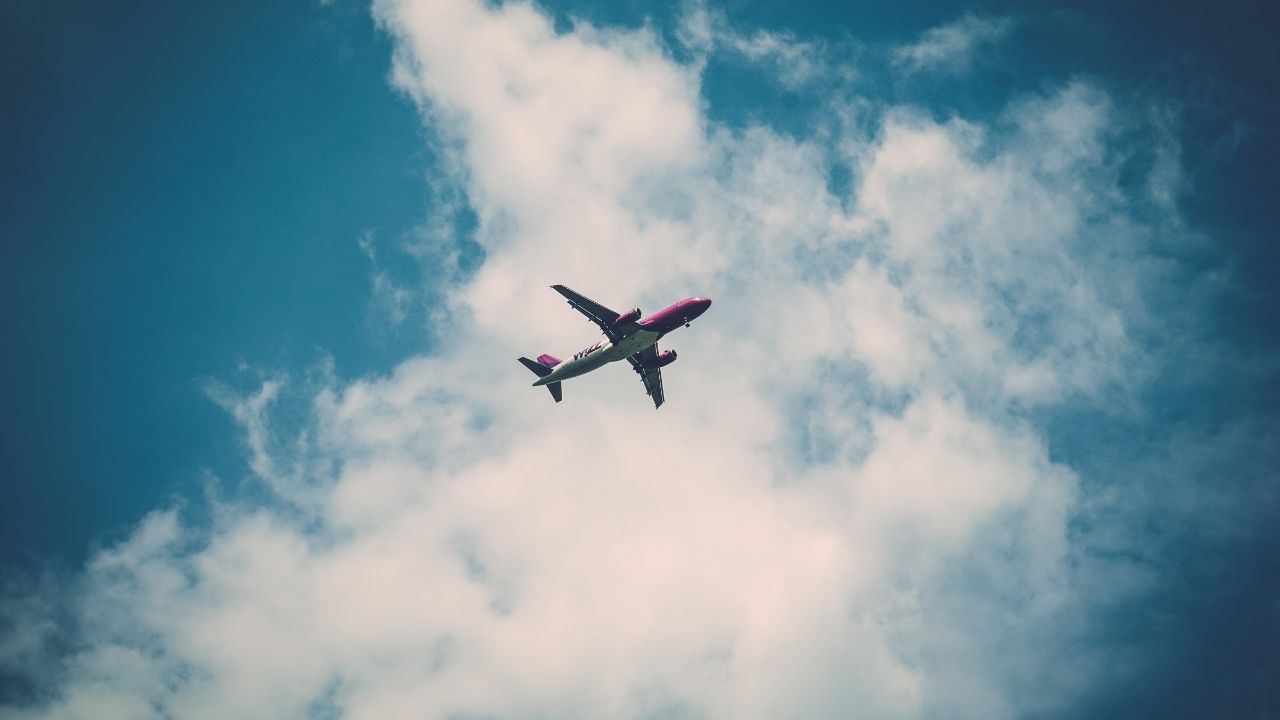Air India brand
History of Air India
Air India, formerly known as Air India, is an airline (Tata Airlines) founded in 1932 that has since become India’s international airline.
In addition to domestic routes, it serves South and East Asia, the Middle East, Europe, Africa, Australia, the United States, and Canada. In October 1932, J.R.D. Tata was headquartered in Mumbai; he himself flew the first single-engine De Havilland Puss Moth for Tata Airlines (now Air India), carrying airmail from Karachi Drigh Road Airport to Bombay Juhu Airport and then to Chennai Madras.
Tata Airlines was founded in April 1932 when J.R.D. Tata took over from Imperial Airways, leading to the formation of the Tata Sons aviation unit. The airline started its first domestic flight from Bombay to Trivandrum with a six-seater Miles Merlin and was later renamed Tata Air Services in 1993, which was renamed Tata Airlines.
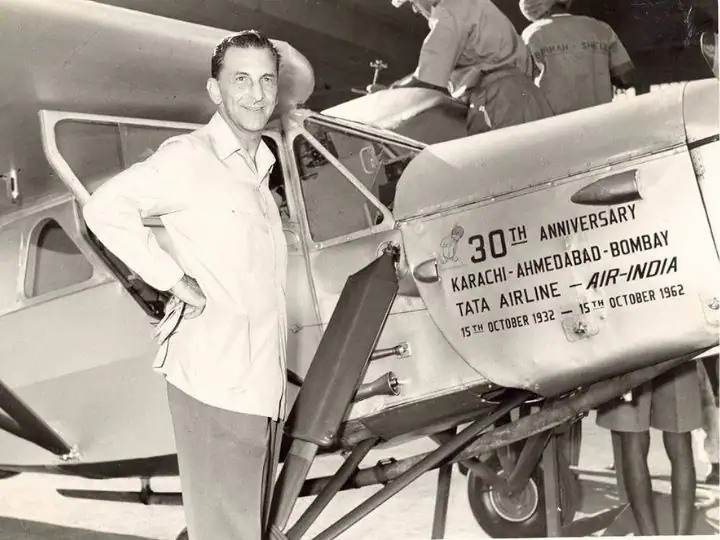
Following World War II in 1946,Tata Airlines was converted into a public company and renamed Air-India Limited. Two years later, Air-India International Limited was formed to open international routes between Bombay and Cairo, Geneva, and London.
In 1953, India nationalized all Indian airlines and created two companies: one for domestic air traffic called Indian Airlines Corporation (which merged Air-India Limited with six smaller companies) and another for international air traffic called Air-India International Corporation.
The latter name was shortened to Air India in 1962. In the following decades, India’s flagship airline expanded its international routes to all continents except South America and expanded its cargo operations.
In 2005, the airline dropped the hyphen from its name and changed to Air India to gain a competitive edge in computerized booking searches.
When India began to allow private airlines in 1999.
Air India struggled to keep up. Despite losing significant market share, the company continued to expand with an oversized fleet and workforce. It started making losses in 2007, and later that year it merged with Indian airlines to form the National Aviation Company of India Ltd. (NACIL; renamed Air India Ltd. in 2010).
After racking up billions of dollars in debt over the next decade, the government began privatizing the company in 2017. After years of little success, the airline was finally sold to the Tata Group in 2021.
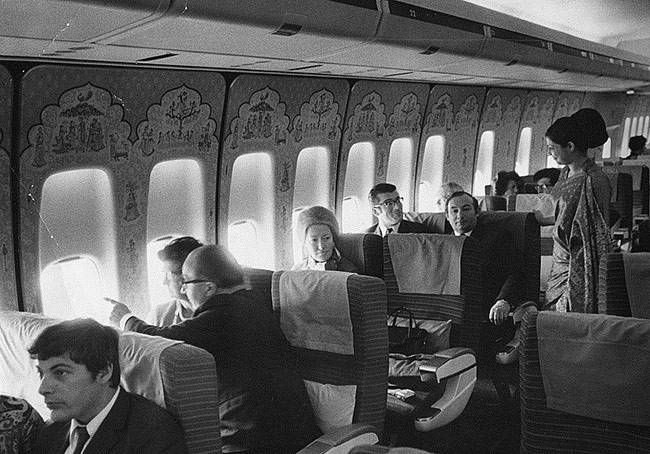
Air India Detailed Timelines
1932: JRD Tata opened the first train line train line. The airline then operated between Karachi, Ahmedabad, Mumbai, Bellary, and Chennai, carrying mail and passengers. The first aircraft used by the company was the de Havilland Puss Moth. It had a cruising speed of 100 mph and a range of 71vmiles. It had a wingspan of 36 feet 9 inches, compared to the 195 feet 8 inches of the Boeing 7..
1933-34:The Puss Moth was developed into the Havilland Leopard Moth DH-85.
1935: Tata Airlines introduced the de Havilland Fox Moth DH-83.-seat biplane to its fleet
1937: The Waco YQC-6 was introduced when the airline started Bombay-Indore-Bhopal-Gwalior-Delhi service. JRD Tata again made its maiden flight on November 6, 1937.
1938: Tata Airlines took the Dragon Rapide DH-89 into its fleet. It was the first aircraft to have a radio.
1939: Tata Airlines routes extended to Thiruvananthapuram, Delhi, Colombo, Lahore, and some intermediate points.
1946: Tata Airlines was converted into a public company after World War II and renamed Air India Limited.
1948: International services between Bombay (Mumbai) and Cairo, Geneva, and London began, and Air-India International Limited was established.
1953: India nationalized all Indian airlines and established two companies, one for domestic air transport and one for international air transport. The entity serving domestic routes was called Indian Airlines Corporation, which merged Air-India Limited with six smaller airlines. The name of the international service provider was Air-India International Corporation.
1962: Air-India International Corporation, shortened to Air-India.
2001: The NDA government, led by Atal Bihari Vajpayee, made the first attempt at a strategic sale of the airline.40 percent of Air India’s share capital was put up for sale.
2005: Air India dropped the hyphen from its name and became Air India. The purpose of the change was to gain a competitive advantage in computerized reservation search as ticket reservations began to become increasingly digital.
2007: Air India merged with its domestic unit, Indian Airlines.
2018: The government again tried to sell the national carrier, which by then had accumulated more than Rs 50,000 crore in debts and other liabilities. This time, however, the board decided to keep 24percent of the airline’s share capital. It has not received any offers.
2020: Air India returned to the strategic market in January 2020. This time, the government announced that it would divest 100% of its investment in the company. In October, he announced December 1 as the deadline. At least two bids were received: one from Tata Sons and the other from a consortium of Air India employees and US financial investment firm Interups Inc. SpiceJet promoter Ajay Singh was also in the race.
2021: In April, the Center asked qualified interested bidders Tata Sons and SpiceJet to submit their final bids. Tata Sons sealed the deal after the cabinet approved a proposal by officials who recommended the group’s bid instead of Ajay Singh’s.
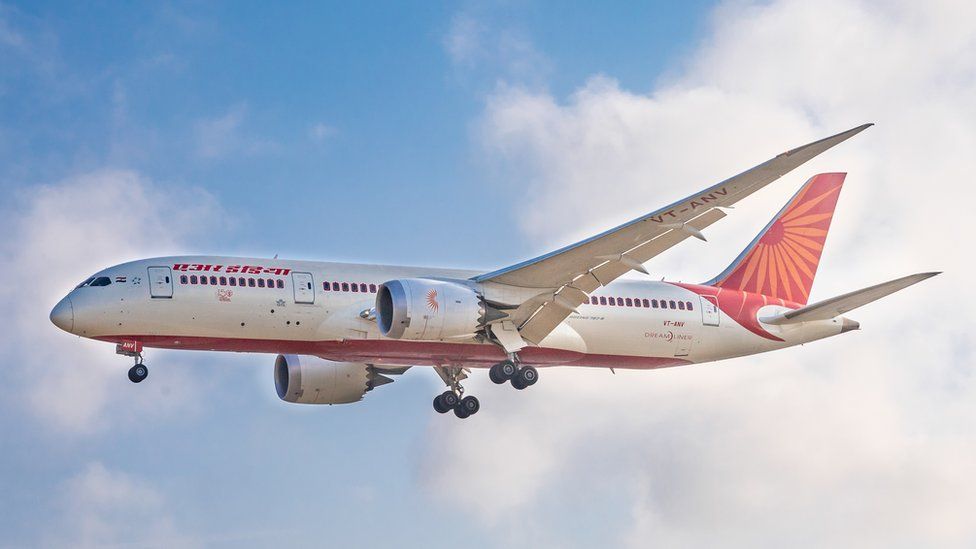
Air India Fleet and Operations
Air India offers 75 additional destinations through its secondary codeshare network, which includes 25 codeshare agreements with foreign airlines. During the financial year 2019, AI carried approximately 22.1 million passengers and generated an operating income of INR 255,088 million.
Airlines has a fleet of 121 aircraft as of November 1, 2019 (excludingB747-400 aircraft), consisting mainly of Airbus and Boeing aircraft such as the A-319, A320, A-321, B-777, and B-787. 65 are owned, financed, or bridge loans; 21 are sale and leaseback models; and the remaining 35 are operating leases.
Air transportation covers almost all aspects of air travel and the activities that support it. This means that it covers the entire aviation sector, as well as aircraft production, research organizations, military aviation, and more.
The number of aircraft in the world air fleet at the beginning of 2022 was the same as in 2017. However, this was 25,500 aircraft, which was approximately double the epidemic threshold set in mid-2020. after ten years of development, when the COVID-19 epidemic lasted two years. Domestic tourism demand is expected to approach its pre-pandemic peak in early 2023, globally. Growth is expected to outpace GDP recovery throughout the decade.
The ten years to 2032 are likely to be full of challenges that will test the sustainability and profitability of aviation, in contrast to the ten years between 2010 and 2019, when the industry saw constant annual growth in demand. The key question for the future of aviation is not its ability to grow, but rather its profitability.
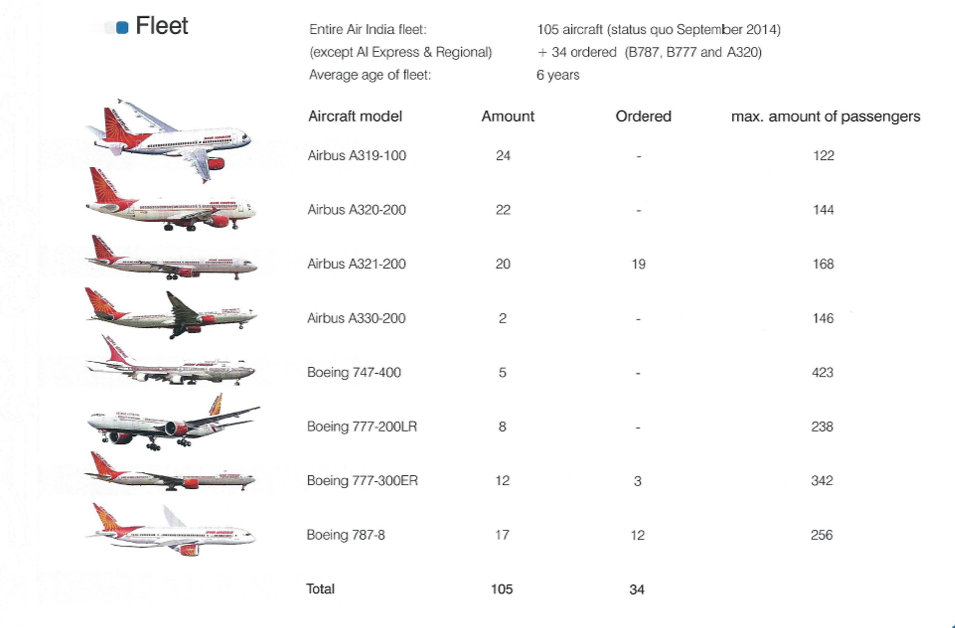
Air India Logo
Air India has maintained its identity and color scheme of red and white since day one, symbolizing luxurious magnificent carvings; their windows are painted in a similar archaic style and designed with the slogan Your Palace in the Sky.
Online information indicates that Air India’s first logo was chosen by business magnate J.R.D. Tata itself and released in 1948.
It was a centaur, a stylized version of an Archer shooting an arrow in a circle representing the Wheel of Konark, the logo that represented the airline until 2007.
Air India underwent a rebrand in 2007, with the new logo featuring a red flying swan with an orange “Konark Chakra” embedded inside. The flying swan is modeled after Air India’s signature emblem “The Centaur”, while the “Konark Chakra” is derived from the former emblem of India.
The new logo is prominently displayed on the rear of the aircraft. Although the plane is ivory in color, it has the Air India red stripe on the bottom. Orange and red speed lines run side by side from the front door to the back door, subtly symbolizing the merging of individual identities into one. “Air India” branding runs from the tail of the aircraft.
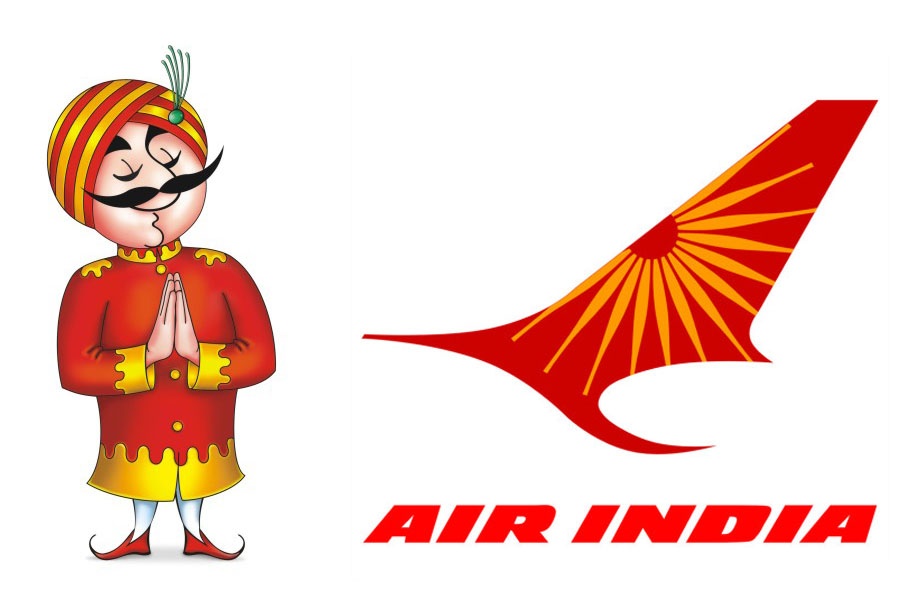
Mascot of Air India Maharaja
“For lack of a better description, we call him the maharajah.” But his blood is not blue. “He may look royal, but he is not royal,” said Bobby Kooka, the man who became the Maharaja.
In 1932, Air India debuted the iconic “Maharaja.”
When Bobby Kooka was Commercial Director of Air India and Umesh Rao was the artist, J. Walter Thompson Ltd., Mumbai (now Wunderman Thompson) created the Maharaja.
The now-famous, lovely figure, dressed in a combination of red and yellow and wearing a typical Indian style turban, began only as a powerful symbol of Indian grace and high life.
His creators gave him a distinct personality: his big moustache, striped turban, and slanted nose, in addition to the true desi-associate subtle look.
Air India commissioned the agency to create a notebook with a mascot design, which, with a familiar approach to flyers, grew to carry Air India’s sales and promotional messages to its millions of passengers around the world.
In 2015, the mascot received a complete update, and the brand was represented by a younger version. Dressed in a regal avatar, the burly figure has now donned a modern outfit, ditching jeans and sneakers and the age-old turban for slicked-back and stylish hairstyles. According to the company’s official website, the younger version of the Air India Maharaja can be a lover boy in Paris, a sumo wrestler in Tokyo, a street artist, a red Indian, a monk, and he can flirt with beautiful women all over the world.
Brand equity of Air India
Brand equity is the added value created by a product compared to its generic equivalent. It operates one of the youngest fleets in the world, and regular upgrades ensure that they offer their customers a great flying experience.
- It is a full member of the Star Alliance network won the Reader’s Digest Trusted Brand Gold Award.
- Received the IATA Ground Operations Safety Audit (ISAGO) Award for Ground Services Exhibition and Conference.
- Won the International PATWA Award at ITB Berlin as the Best Asian Airline from Europe to India.
- Won the Galileo Express Travel World Award as the best short-haul airline in India.
- Air The Indian marketing strategy is quite adequate, but the global market is gigantic. Since the establishment of the company, many competitors have emerged.
Company Name
Air India
Headquarters
New Delhi
Industry
Aviation
Founder
J.R.D. Tata
Founded
1932 ( as Tata Airlines in Mumbai)
Valuation
₹ 14,718 Crore
Revenue
₹ 26,430 Crore
Parent Organisation
Tata Group
Website
airindia.in



